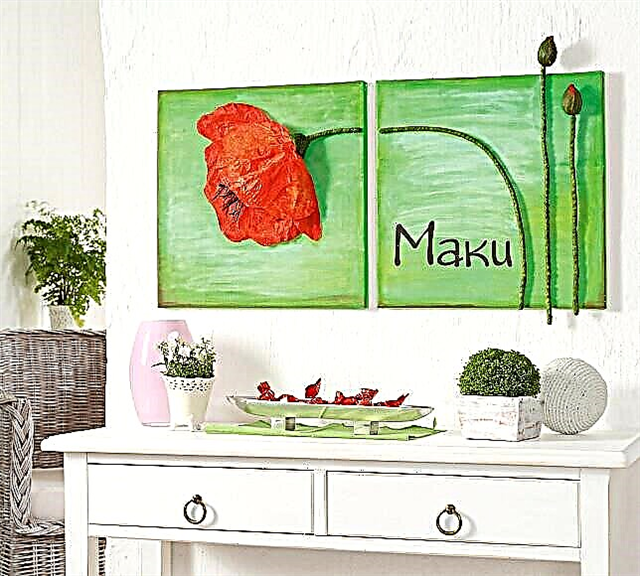Share
Pin
Tweet
Send
Share
Send
Patchwork can instantly transform your interior, bedspread, blanket, pillows, made in the same style, will create the illusion of a historical era, or give the room an ethnic flavor.
In the modern interior there is a place for things made in the patchwork technique: in the kitchen it can be a set of tablecloths and napkins, a potholder and apron. In the bedroom, man-made textiles will add warmth and coziness if you lay a quilt, bedspread. The possibilities of this type of decorative and applied art are endless; through textiles, you can give the interior the spirit of any era from antiquity to hi-tech, taking color and ornamental combinations of any country from Africa to Alaska, and we will get an original individual interior. Successful use of fabrics is a good way to achieve harmony in your home. Over the centuries, many styles in interior decoration have changed: antiquity, gothic, revival, baroque, rococo, classicism, modern, constructivism ... Ethnic styles, such as: Arabic, African, country, Chinese, Japanese, etc., are also popular and present. in modern home decoration. It is enough to add textile products, especially man-made, to achieve the presence in your home of the spirit of distant eras, countries, cultures.For myself, I discovered amazing analogies in the applied arts of our two countries:
In the garment of Buddhist monks was a veil sewn from pieces of fabric, it was called "kesa." Kesa, like a mandala, is seen as a symbolic arrangement of the universe. The history of patchwork in Japan is closely related to religion. Shinto religion gives the soul all things animate or inanimate, as well as human creations, including fabrics. It is not surprising that the preservation of old tissues is of particular importance to the Japanese, and the extension of the life of old tissues is an exercise of the spirit. Life extension also has a symbolic meaning. Patchwork, presented as a sign of love or respect, expressed a desire for a long life. In Russia, a patchwork quilt was a symbol of the warmth of one’s home, patchwork had a symbolic, often sacred meaning, and was a talisman. In Russia and Japan, the bride was sewed with a blanket from pieces of clothing of the whole family. Thus, the Russian patchwork quilt and the Japanese kesa are the same symbolic symbols of the peoples of two such distant countries, which is not surprising, since similar prerequisites for the appearance of these objects in everyday life are based on. The first is frugality, the second is the perception of this subject as a talisman.
In recent years, the Japanese interior has become very popular in apartments, a screen is the main element of this style. For the interior of the student of the Oriental faculty, I made the Kimono bedspread, a screen based on Japanese prints and decorative pillows.
Share
Pin
Tweet
Send
Share
Send



